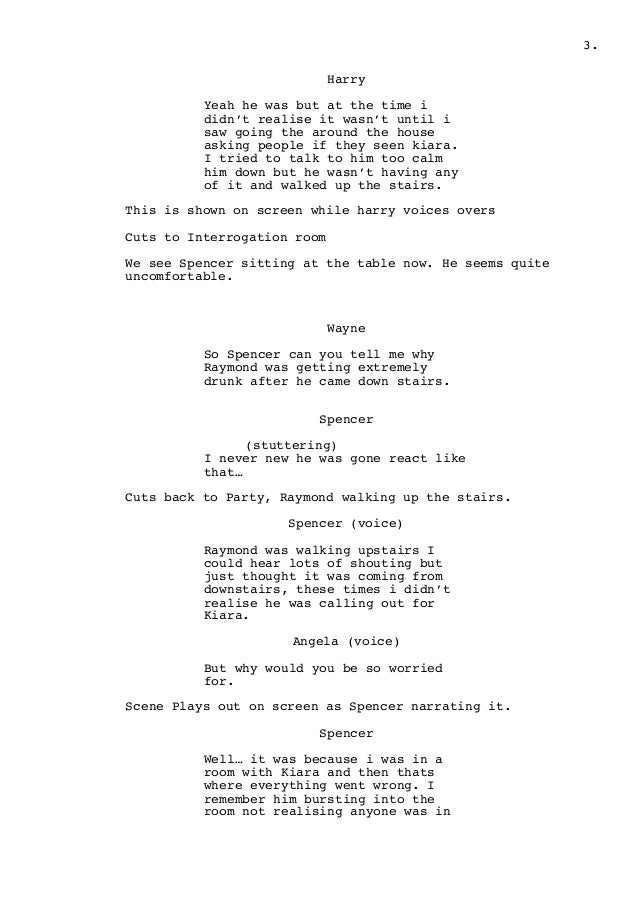
Figure 4: a nested list of navigable bookmark links ConclusionĪs can be seen, bookmark scripts are quick and easy to create, and there are many cases in which having a neat, linear list of links directly into form fields will benefit many users of your forms. Scripted bookmarks may also be beneficial in the context of long questions when the relevant answer space may be located some distance from, or even on a different page to, the question, or if the reader only needs to answer some questions and not others-potentially a real asset in the case of exam papers. Perhaps more importantly, someone using a high level of magnification is likely to benefit, especially if some fields have been laid out horizontally across a page as well as vertically (such layouts are not recommended, by the way, as they not only cause problems for screen magnifier users but also for people viewing on small screens).
#SCRIPT IT TO PDF PDF#
Clicking such a bookmark will take you directly to the relevant field, ready to start typing.Īlthough PDF bookmarks are not particularly screen reader user friendly, if screen reader users were to click such a bookmark, they will hear the field’s tooltip (label) announced and will be prompted to start inputting data. In the JavaScript Editor dialogue box, type or paste the following script: getField("field-name").setFocus() where field-n ame is the contents of the relevant form field’s name attributeĪs with most accessibility enhancements, depending on the content and layout of a form, potentially all users will benefit from scripted bookmarks.From the Select Action dropdown in the Bookmark Properties dialogue box select Run a JavaScriptįigure 2: selecting Run a JavaScript to open the script editor.Press the Delete button to clear the Actions panel.In the Actions field of the Bookmark Properties dialogue box click Go to a page in this document to highlight it.

The PDF created contains 2 pages of both sheets. Then I delete the temporary spreadsheet and save the pdf into a folder in Google Drive. After, I convert the temporary spreadsheet to a pdf. You will see something like the following: Figure 1: Go to a page in this document selected in the Actions field Currently, I create a new temporary spreadsheet, copy Sheet One to the new spreadsheet, then copy Sheet Two to the temporary spreadsheet. Right-click/Ctrl + click the bookmark and select Properties.At the appropriate location in the bookmarks panel press Ctrl/Cmd + B to create an untitled bookmark.Open the bookmarks panel and expand it if necessary.
#SCRIPT IT TO PDF DRIVER#
If you are not connected to the Internet, you must use a third-party PDF printer driver to create a PDF of your script. The process is transparent, but you must be connected to the Internet to use the built-in PDF conversion. When the bookmark is clicked, the cursor will be placed directly inside the relevant form field, ready to go: getField("field-name").setFocus() Adding the script PDF creation is performed online by a server, and then saved on your computer. If you face any issues with this script, please reach out to Peter as we are sadly unable to troubleshoot in this regard.Bookmarks are one of the principal navigation systems available in PDFs. The following simple script can be added to a PDF bookmark to enhance the accessibility and usability of forms. ⚠️ The script was made by Peter Kahrel, who generously shared this along other useful scripts on this website. Click OK, and wait for the script to complete the batch conversion.In the pop-up, set PDF as the target format and choose an input and an output folder.Back in InDesign, under the Scripts panel, you should now find batch_convert.jsxbin.

#SCRIPT IT TO PDF INSTALL#
Follow these instructions to install a script that lets you batch convert your Adobe InDesign files to the PDF file format.


 0 kommentar(er)
0 kommentar(er)
